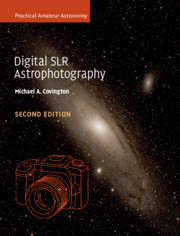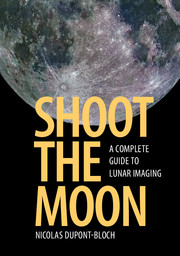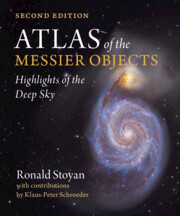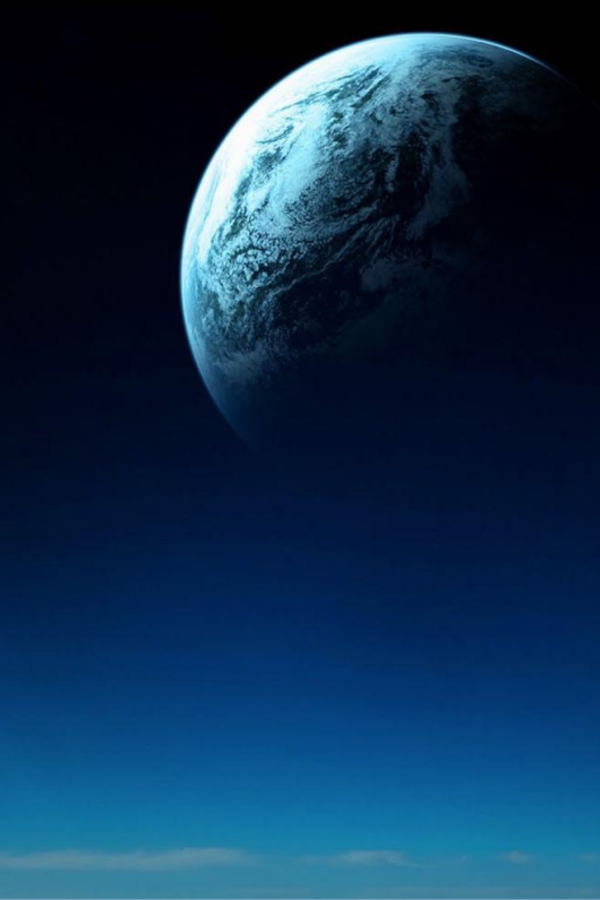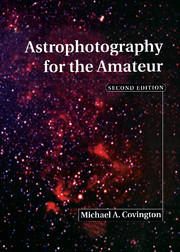Digital SLR Astrophotography
Digital SLR cameras have made it easier than ever before to photograph the night sky. Whether you're a beginner, nature photographer, or serious astronomer, this is the definitive handbook to capturing the heavens. Starting with simple projects for beginners such as cameras on tripods, it then moves onto more advanced projects including telescope photography and methods of astronomical research. With 80% revised and updated material, this new edition covers nightscapes, eclipses, using cameras with sky trackers and telescopes, and tools for identifying celestial objects and investigating them scientifically. Image processing is discussed in detail, with worked examples from three popular software packages - Nebulosity, Maxlm DL, and PixInsight. Rather than taking a recipe-book approach, Covington explains how your equipment works as well as offering advice on many practical considerations, such as choice of set-up and the testing of lenses, making this a comprehensive guide for anyone involved in astrophotography.
- Amateurs with affordable, easily portable equipment now get better pictures of the sky than professional observatories did half a century ago
- A comprehensive yet accessible handbook providing guidelines for both beginners and experienced astrophotographers
- Includes simple projects which can be carried out with just a camera and tripod, as well as more advanced material - up to introductory research-level, for example, variable-star photometry
Reviews & endorsements
'Overall, the coverage is impressive, with an initial discussion of basic concepts.' Storm Dunlop, The Observatory
Product details
October 2018Adobe eBook Reader
9781108598156
0 pages
This ISBN is for an eBook version which is distributed on our behalf by a third party.
Table of Contents
- Preface
- Part I. DSLRs for Astrophotography:
- 1. Welcome to DSLR astrophotography
- 2. Digital image technology
- 3. DSLR operation
- 4. Five simple projects
- Part II. Equipment and Techniques:
- 5. Deep-sky image acquisition
- 6. Coupling cameras to telescopes
- 7. Camera lenses
- 8. Tracking the stars
- 9. Precision tracking and guiding
- 10. Power and camera control in the field
- Part III. Image Processing:
- 11. Deep-sky image processing
- 12. Workflow with specific software
- 13. More image processing techniques
- 14. Sun, moon, eclipses, and planets
- Part IV. Advanced Topics:
- 15. Sensor performance
- 16. Testing sensors
- 17. Spectral response and filter modification
- 18. Tools for astronomical research
- Part V. Appendices
- A. Digital processing of film images
- B. Exposure tables
- Index.

